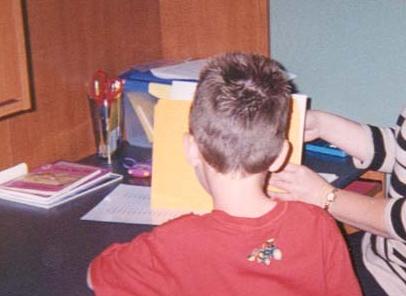Reading Levels

Independent reading level is the highest level at which a reader has adequate background knowledge for the topic, and can access text very quickly and with very few errors. Think of independent level as the highest level you would ask a child to read without help. See the Fluency Criteria Sheet [6/28/22] for specific grade level criteria.
Instructional reading level is the highest level at which a reader is not independent, but has adequate background knowledge for a topic, and can access text quickly and with no or few errors. Think of independent level as the highest level you would ask a child to read with only a small amount of assistance. The vast majority of text that a child reads during the school day should not exceed this level. See the Fluency Criteria Sheet [6/28/22] for specific grade level criteria.
Frustration reading levels include text for which a reader does not have adequate background level for a topic and/or cannot meet criteria for instructional levels of accuracy and rate. Think of frustration levels as those levels that require extensive or even moderate assistance from an educator. To get a sense of frustration level text, think about a skill or ability for which you have expertise (e.g., skiing, knitting, writing, playing a musical instrument). It is very likely that you developed this ability gradually, and with assistance. You took on more challenging levels when you had mastered your current level. Now imagine being a beginner again, and facing advanced, or even intermediate level tasks every day. Would working at "frustration level" help you to make progress? What might happen to your motivation for learning? Now, think about the fact that many children read at frustration level for most of their day. It is a tribute to the resiliency of children that they forge onward!
Also see the parent friendly version of the criteria table in the Fluency Criteria Sheet - Parent Version [6/28/22]

